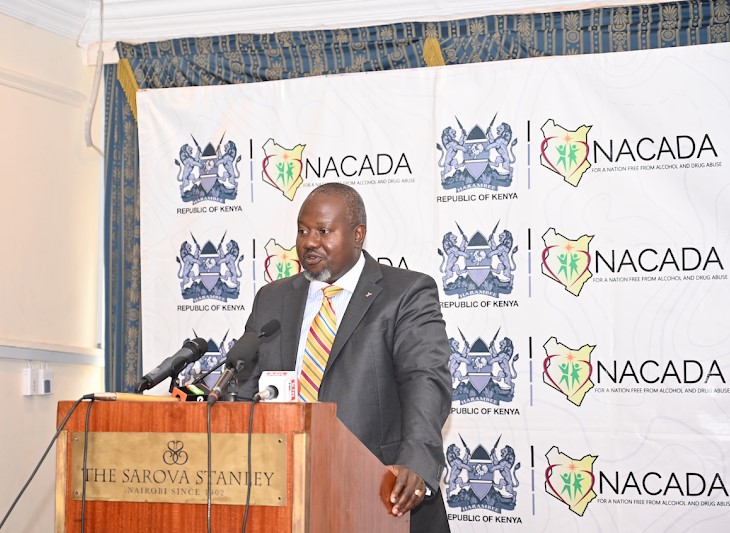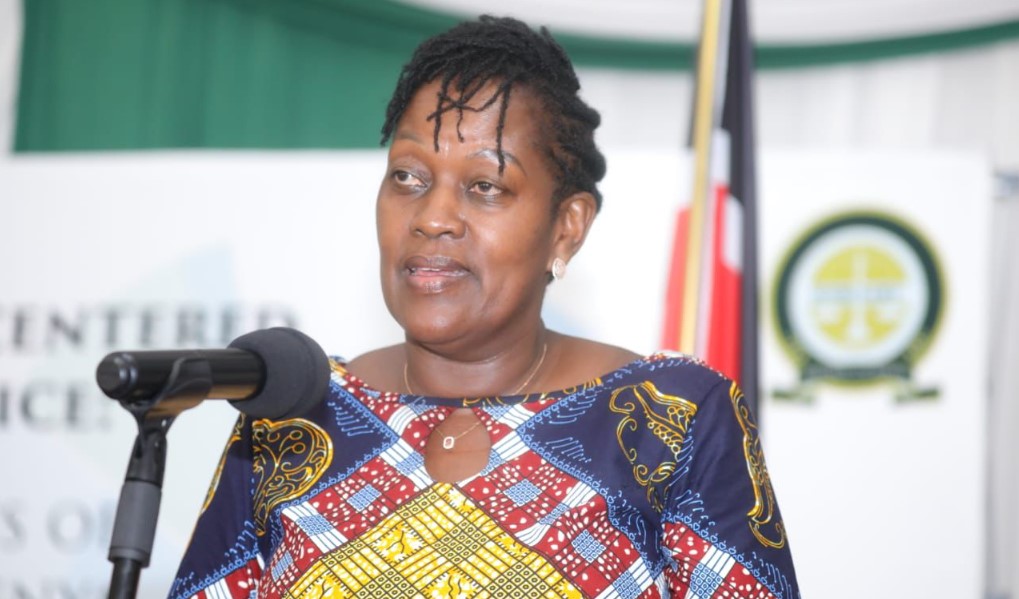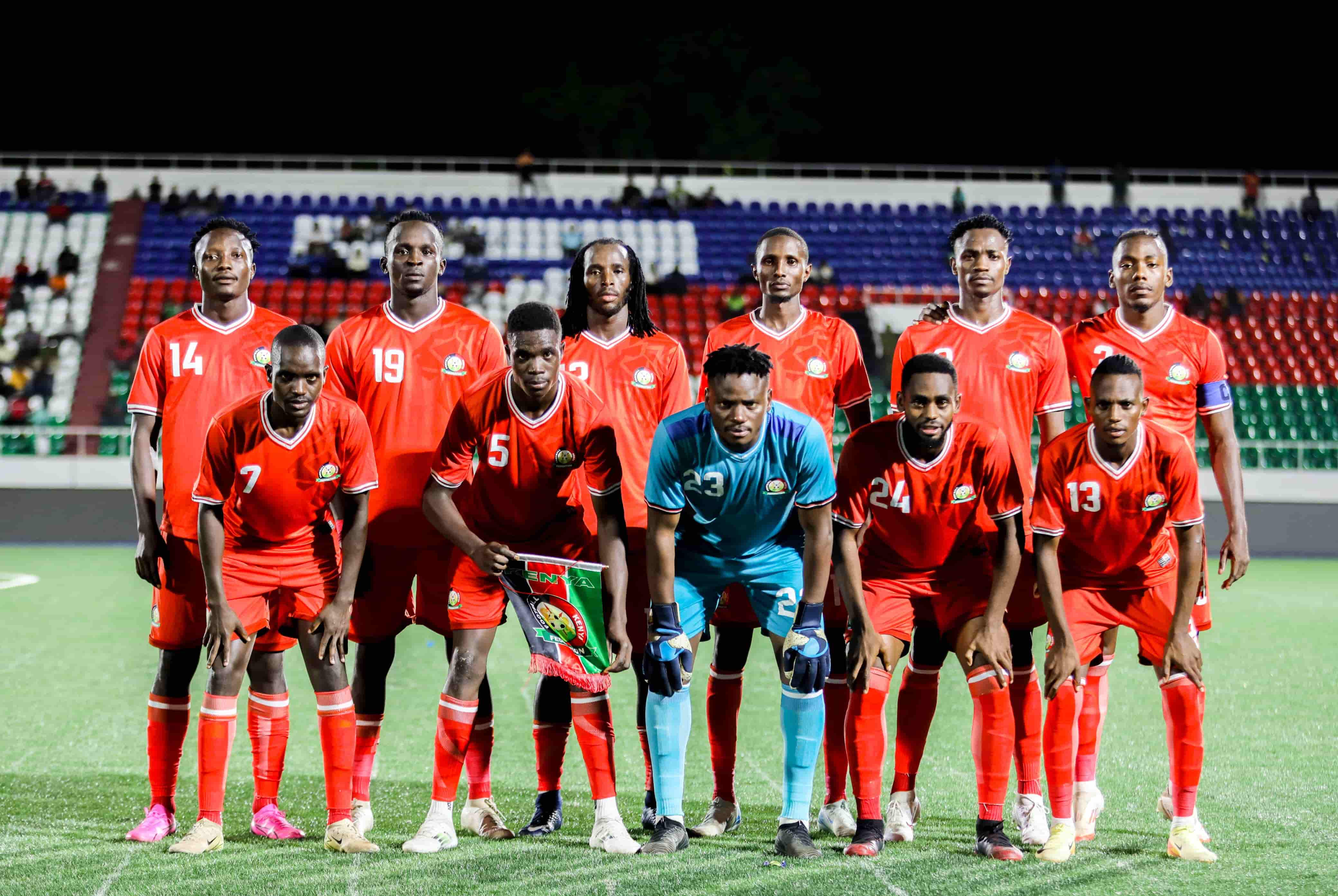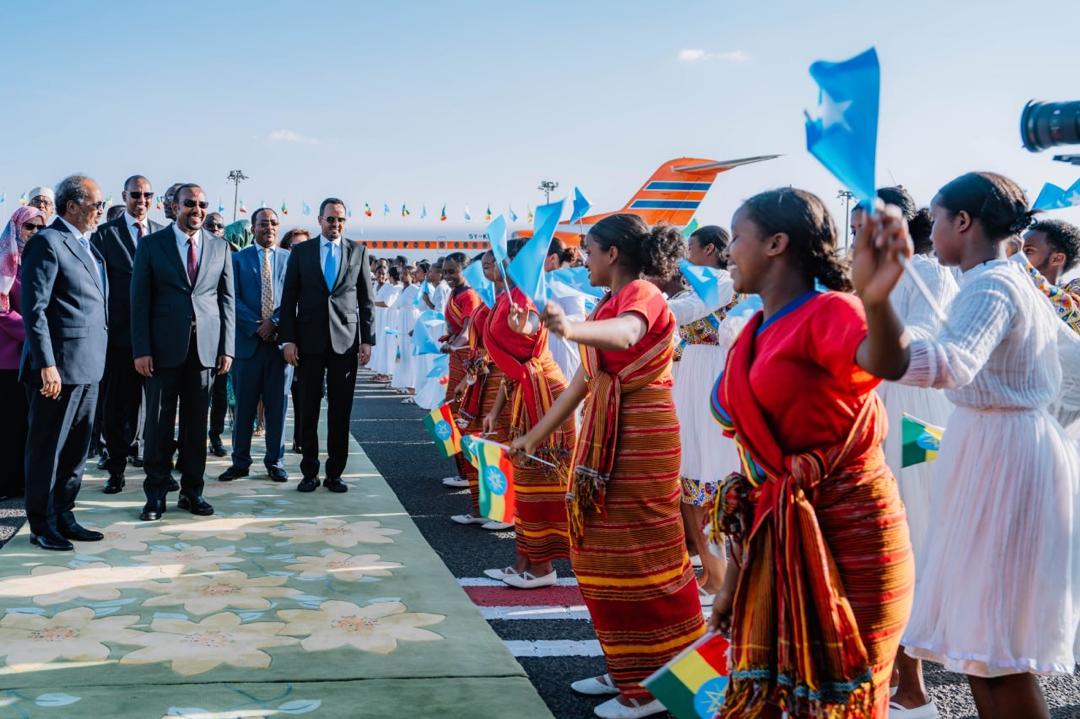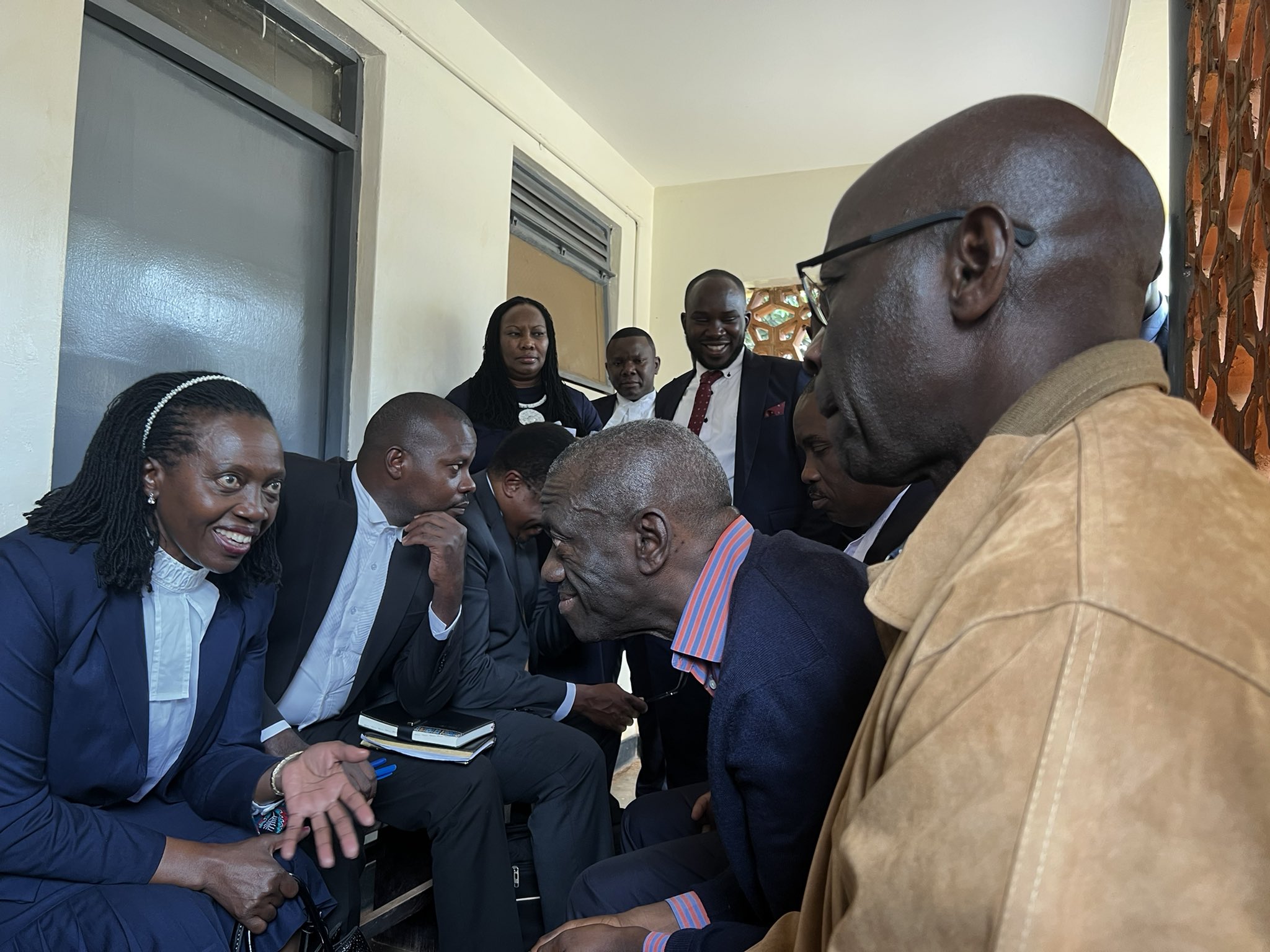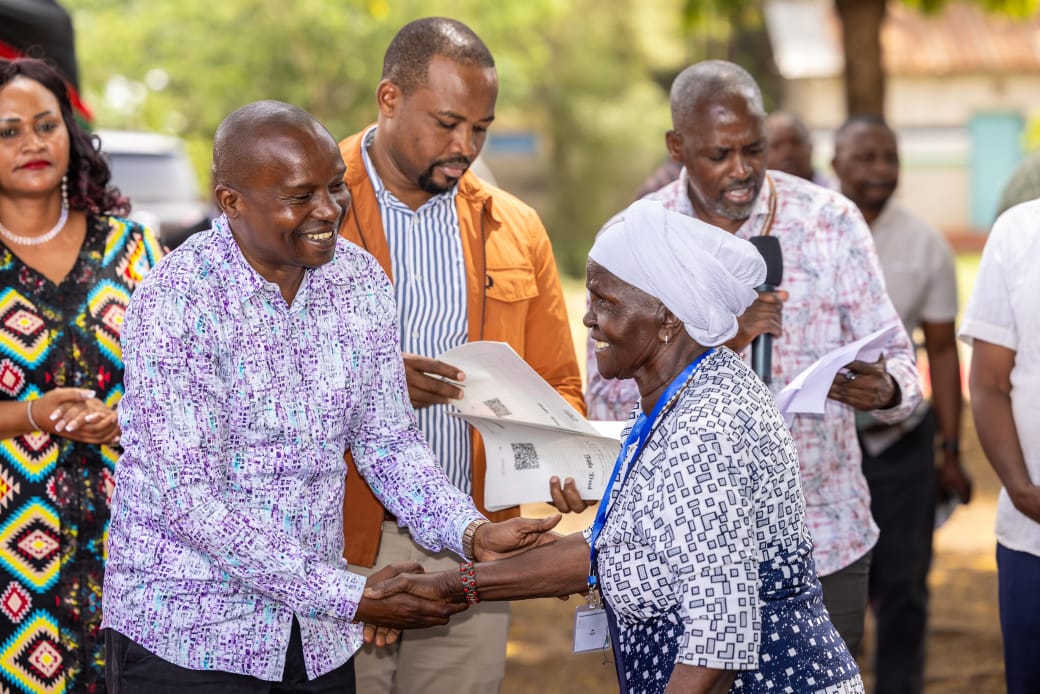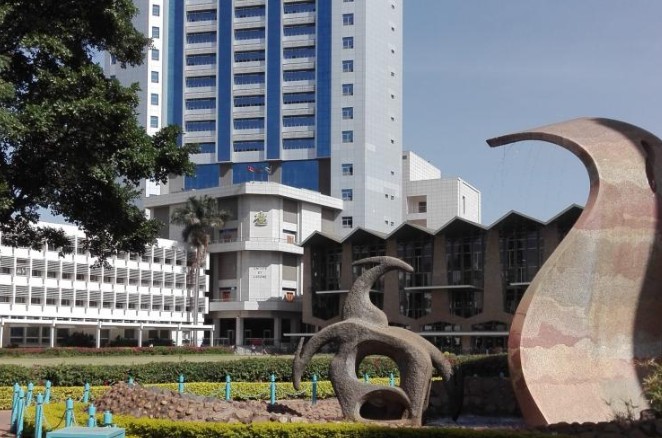Isiolo women go the extra mile to preserve rich Borana culture
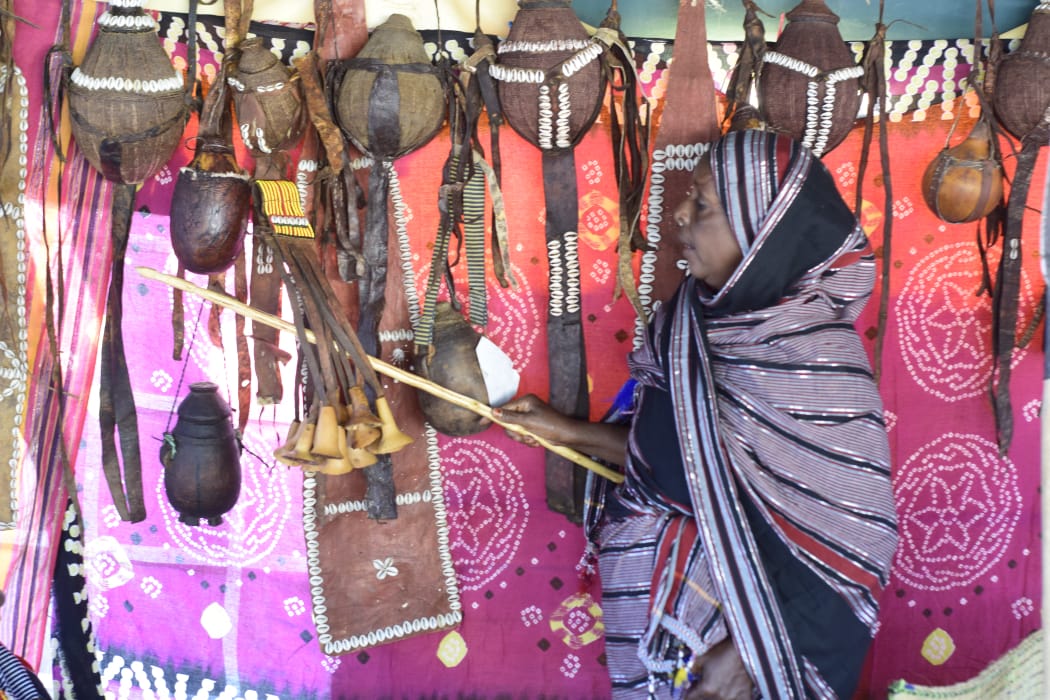
Gadhis Adha group intends to document its culture including traditional attire, recipes, folk songs, riddles, dances, games, and language.
A group of Borana women in Isiolo County has set out to preserve the community’s unique traditions and culture, citing years of neglect, particularly by the younger generation.
Gadhis Adha comprises five groups of 100 women, many in their 50s, all committed to fostering concrete cultural components for the benefit of present and future generations.
More To Read
- Cultural treasure: Uncovering secrets of Lamu's 400-year-old tombs
- Firi Festival gala dinner sets stage for weekend cultural celebration in Mombasa
- Borana community gets new chairman for council of elders in colourful ceremony
- Tana River unveils its first museum showcasing county's rich cultural heritage
The women, who hail from Tuluroba, came together after noticing that the youth were losing touch with their culture, which provides a feeling of belonging and identity through common values and rituals.
Borana is the largest sub-ethnic group of Oromo-speaking people with roots in Ethiopia. It is among the largest communities in Isiolo.
The group’s chairperson, Habiba Wario, said apart from the preservation of artefacts, they also intend to document crucial elements of their culture such as traditional attire, native recipes, folk songs, riddles, dances, games, and language for educational purposes.
She said while technology has helped in promoting Kenya’s vibrant cultures, it has contributed to the youth abandoning their cultures for others.
“We do not want to lose our identity and that is why we are keen on spearheading efforts to uphold the rich Borana culture,” Habiba said, adding that language is the most endangered aspect of their culture and that the youth no longer want to speak in the Borana dialect.
During an interview with The Eastleigh Voice, Habiba revealed plans to establish a cultural site where people will visit to have a taste of the Borana culture.
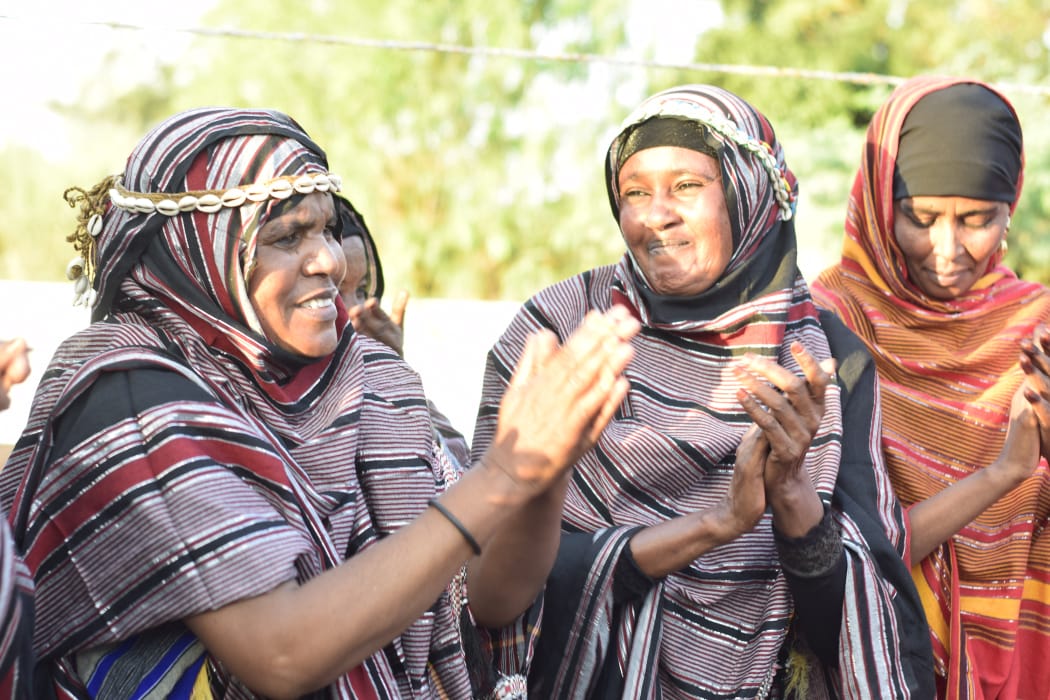 Gadhis Adha women participate in a traditional dance at Tuluroba in Isiolo County. (Photo: Waweru Wairimu)
Gadhis Adha women participate in a traditional dance at Tuluroba in Isiolo County. (Photo: Waweru Wairimu)
“It will act as a resource and educational centre for residents and Kenyans from other parts of the country,” she said.
She appealed for support to purchase land to build the site.
She said it would do the youth no harm to dress in Borana attire, speak the local dialect and learn how to prepare traditional delicacies.
Primarily caregivers, women were responsible for building houses, the traditional, round grass huts and decorating the walls (kalo).
A head ornament made from beads known as shabat, Habiba explained, is mostly worn during special occasions such as weddings by the bride and her maids.
Group Secretary Sophia Molu said they are currently showcasing the cultural elements at the village level.
“We have been unable to organise exhibitions due to financial constraints and hardly get opportunities to showcase our culture during county events,” she said.
Hussein Galma, a local youth, said while it is good to learn one’s culture, everyone has the right to decide whether or not to embrace it.
“We must cope with current trends and embrace new positive aspects of other cultures. We need that diversity, especially in a cosmopolitan county like Isiolo,” he said.
Upholding culture
But Hadija Jirma, another youth, said one’s culture should be upheld at all costs, and that anyone who abandons it loses their identity and becomes like a slave.
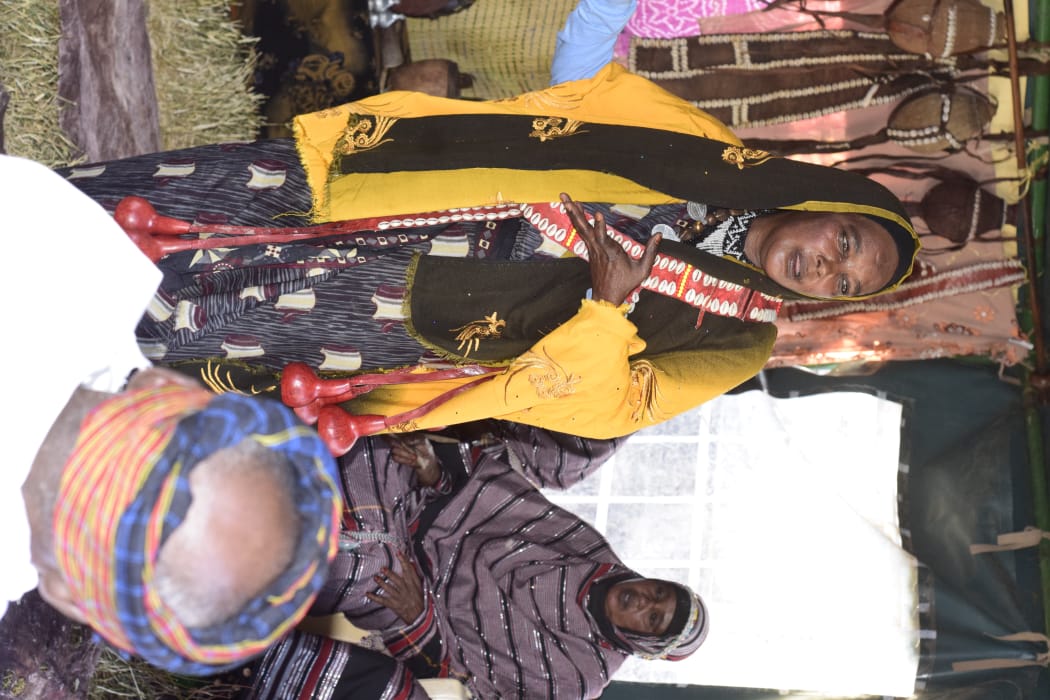 Gadhis Adha Chairperson Habiba Wario during a recent interview with The Eastleigh Voice at Tuluroba in Isiolo County. (Photo: Waweru Wairimu)
Gadhis Adha Chairperson Habiba Wario during a recent interview with The Eastleigh Voice at Tuluroba in Isiolo County. (Photo: Waweru Wairimu)
“While I agree there are a few aspects that may be archaic, the majority of them are good and should be upheld to protect and preserve our identity,” she said.
The women’s group appealed to the county’s Gender and Culture Department to help them set up a cultural site, saying it would go a long way in promoting local tourism.
Meanwhile, the quest to preserve the rich heritage of communities living in the cosmopolitan Isiolo County has received a major boost following the announcement that a museum would be built in Burat.
Apart from promoting local tourism, the facility could spur development in the ward which continues to bear the brunt of insecurity.
Culture and Heritage Principal Secretary Umi Bashir recently announced that plans to set up and equip the museum, in a partnership between the national and county governments are underway.
“The centre will promote the preservation of Isiolo’s diverse ethnic history and culture,” she said.
She spoke during the Isiolo’s first-ever Somali Cultural Festival that brought together residents and leaders from Isiolo, Wajir, Garissa, and Mandera who were treated to a taste of Somali culture, ranging from traditional delicacies to songs and dances, dressing code and mock wedding.
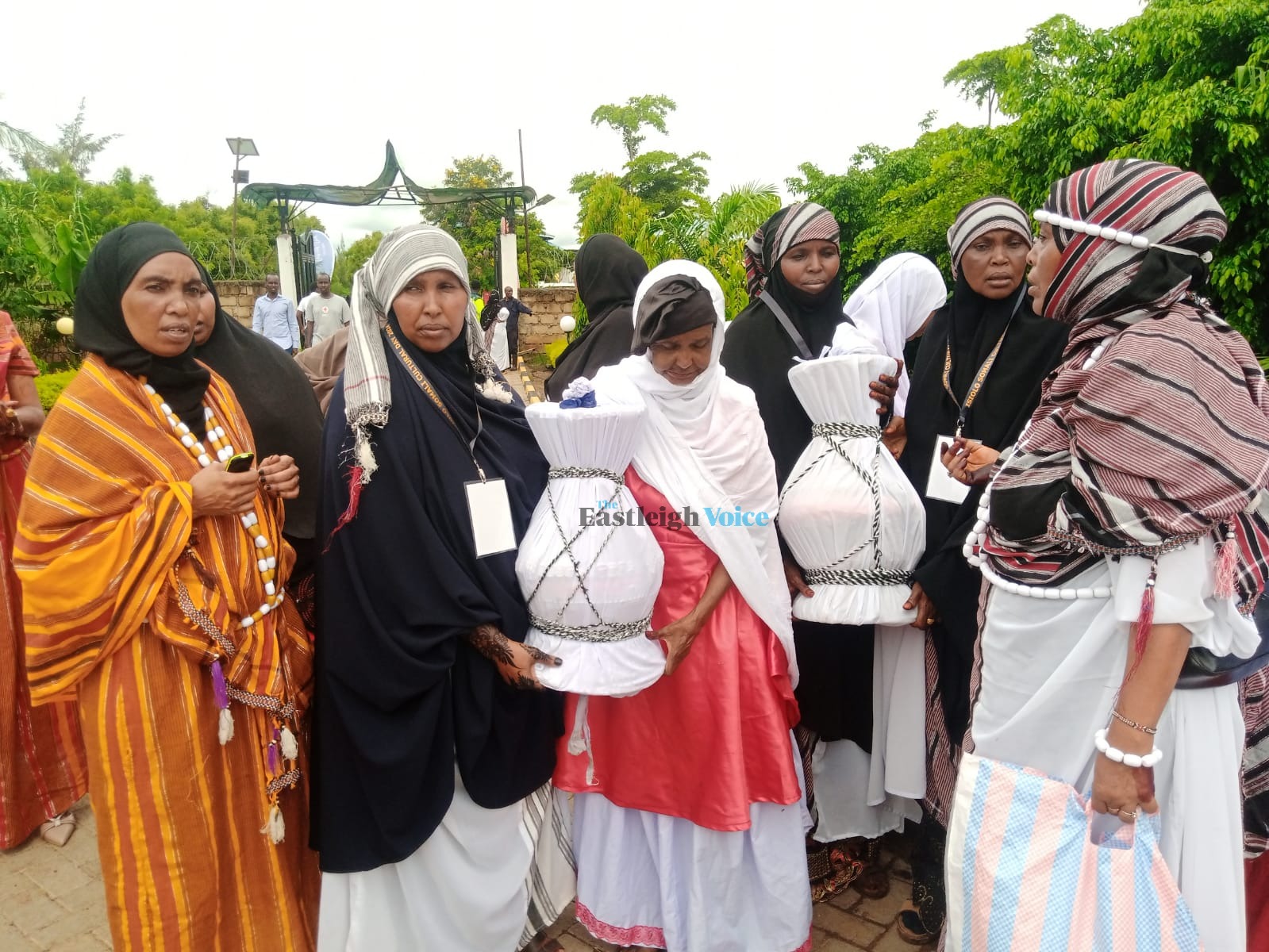 Local women showcase their wares during the Somali cultural festival in Isiolo on May 4, 2024. (Photo: Waweru Wairimu)
Local women showcase their wares during the Somali cultural festival in Isiolo on May 4, 2024. (Photo: Waweru Wairimu)
While stressing the need for Kenyan youth to be taught about their culture due to the growing influence of social media, Umi said the museum will also serve as an information centre.
“Apart from hosting cultural artefacts, the museum will also have a collection of art and history in the form of a gallery which will be used to educate the youth and other members of the community,” she said.
The cultural event was organised by the Somali Midnimo women’s group which is led by Fani Mohammud.





